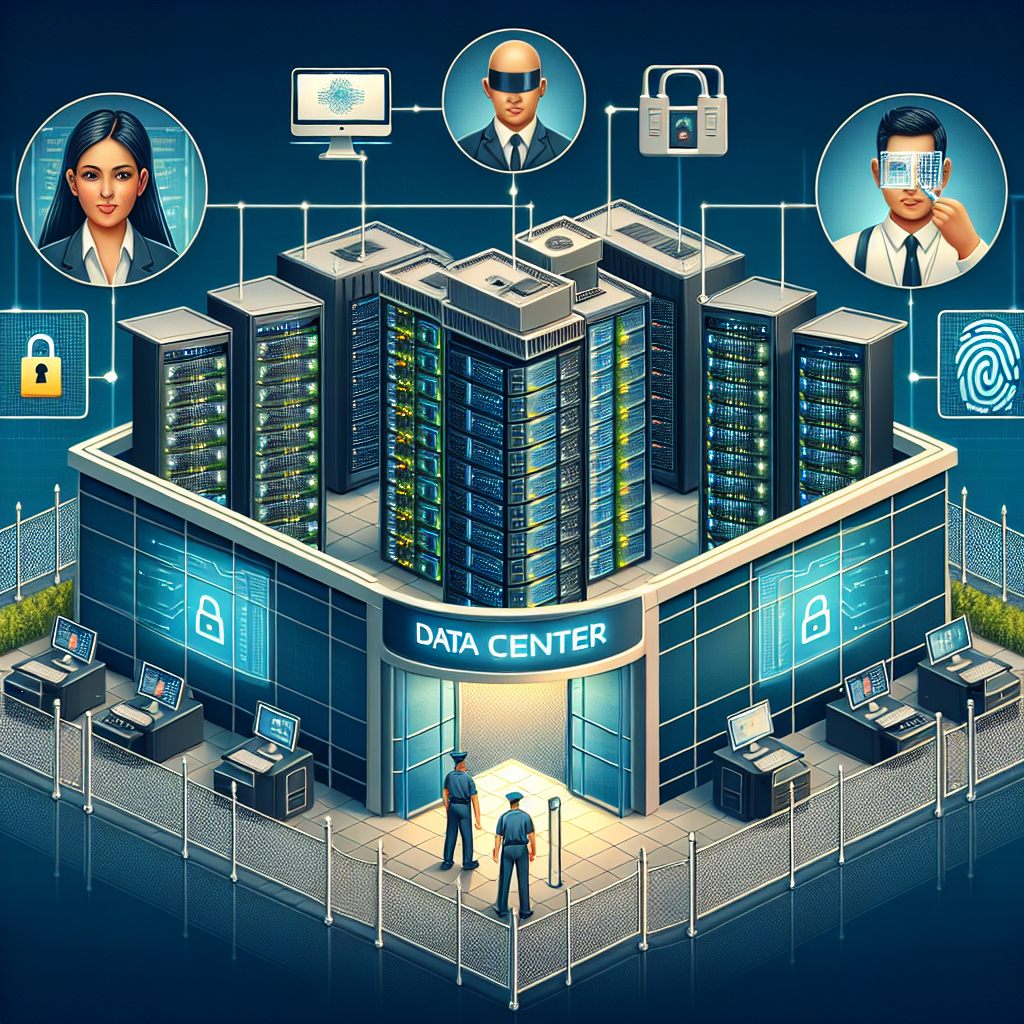Data centers are the heart of an organization’s IT infrastructure, housing the critical data and applications that keep businesses running smoothly. As such, ensuring the security of a data center is paramount to protect against cyber threats and data breaches. Implementing a multi-layered defense strategy is essential to safeguarding sensitive information and preventing unauthorized access to the network.
One of the key components of a multi-layered defense strategy is physical security. This includes controlling access to the data center through measures such as biometric authentication, access control systems, and video surveillance. By limiting access to only authorized personnel, organizations can reduce the risk of physical breaches and theft of sensitive data.
In addition to physical security, organizations must also focus on network security. This involves implementing firewalls, intrusion detection and prevention systems, and encryption to protect data in transit. By monitoring network traffic and identifying potential threats, organizations can proactively respond to security incidents and prevent unauthorized access to the network.
Another important aspect of data center security is endpoint security. This involves securing devices such as servers, desktops, and mobile devices to prevent malware infections and unauthorized access. By implementing antivirus software, endpoint encryption, and regular security updates, organizations can minimize the risk of data breaches and protect against advanced threats.
Furthermore, organizations should also focus on data security by implementing data loss prevention (DLP) solutions, encryption, and data masking techniques to protect sensitive information from unauthorized access. By classifying data based on its sensitivity and implementing appropriate security controls, organizations can ensure that only authorized users have access to confidential information.
Finally, regular security assessments and audits are essential to evaluate the effectiveness of the multi-layered defense strategy and identify potential vulnerabilities. By conducting penetration testing, vulnerability assessments, and security audits, organizations can proactively identify security weaknesses and address them before they are exploited by malicious actors.
In conclusion, implementing a multi-layered defense strategy is crucial for protecting data centers against cyber threats and data breaches. By focusing on physical security, network security, endpoint security, data security, and regular security assessments, organizations can strengthen their defense posture and safeguard sensitive information. By following best practices and staying vigilant, organizations can mitigate the risk of security incidents and protect their data center from potential threats.


